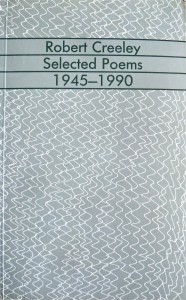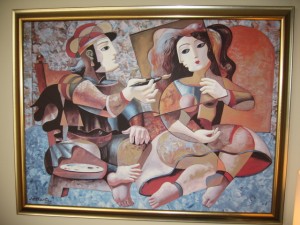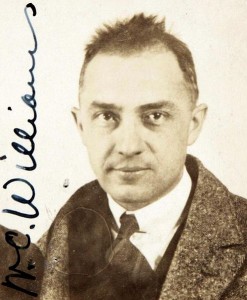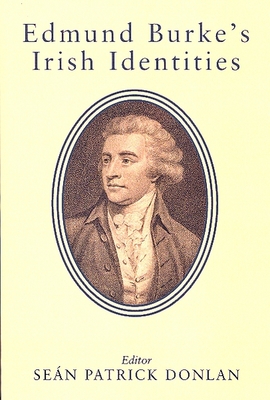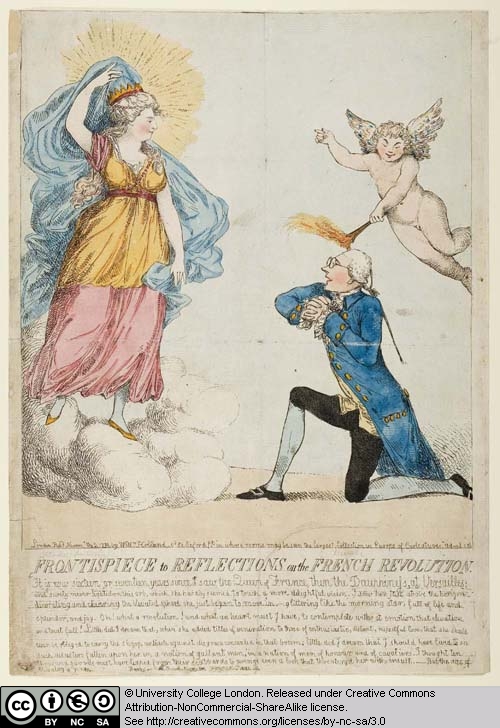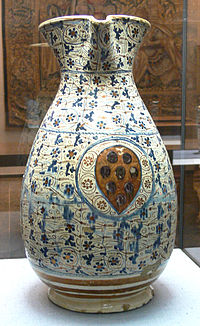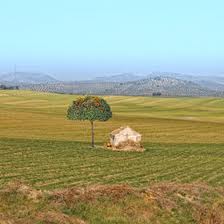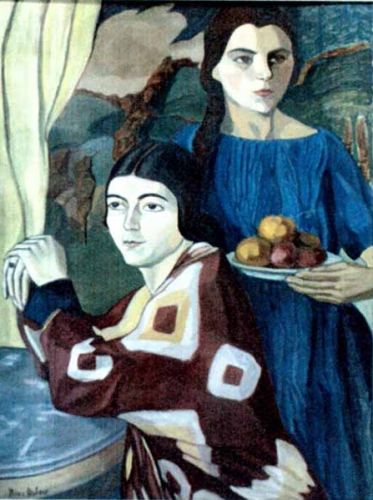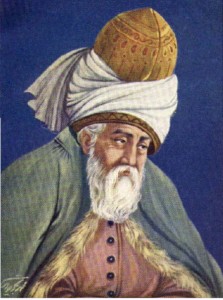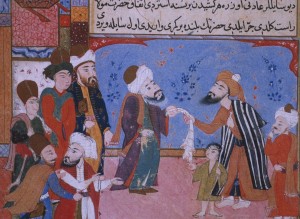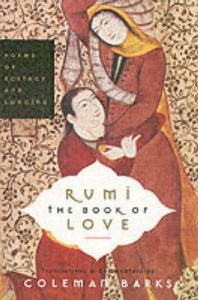Love at the time of Swine Flu (fragment): by Constantin ROMAN

Love at the time of swine flu
Hysteria has gripped the city: I wonder what might have been like living in London, centuries ago, at the time of the Black Death?
As always, the blame was left on the doorstep of hapless immigrants, foreign sailors, or refugees fleeing the horrors of repression on the Continent: Flemish Huguenots, Jewish Estonians coming from Russia, Spaniards who brought the decease with them, decimating good Christians, like us, living in fear of God… Yes, the ‘Spanish Flu’, most certainly, came from the Peninsula. What the Spaniards of Armada memory did not succeed, they certainly managed rather well with this pandemic. We were very lucky indeed to avoid it during the Peninsular War, but what, with the rock of Gibraltar still being British, the border acted more like a sieve than a proper filter. We may have won the battle but surely not the ongoing war: in 1918 one million of our people died of Spanish flu, caused by this mysterious virus called H1N1. After such massive population cull, do you think, Britain might have become a better place? I doubt it: the flu unleashed the beginning of the end, the very decline of our great British Empire, as both WWI and the Spanish flu had a propensity of killing strappy young men. It caused our genetic pool to be frustrated of the best input: look at the result of these insipid pen pushers in our Civil Service not to mention greedy MPs, or incompetent financiers!

Legionnaire disease
And then, some sixty years on, in 1977, we were visited, yet again, by another mortal affliction – the ‘Legionnaire’s disease’. This time we were told it came in two different strains – one of which was called ‘Pontiac fever’. Ah, how nice! I would rather die of ‘Pontiac’, than of ‘Legionnaire’s’ – it is infinitely more chic! Remember, centuries back, bereaved relations, whose dearly departed died of some dreadful illness, which inflicted shame on the family? To avoid social opprobrium honest folk would bribe the coroner to mark on the certificate a more respectable cause of death, such as heart failure. Surely, in the end we all die of heart failure, nothing wrong with that, so long as it is less specific. But, during the great London Fire, of 1666, rumors spread like flames. Neighbors were no fools and knew too well that it was something ‘fishy’ when the dead man’s corpse looked ashen, with purple spots on.
Oh, damn those dark memories, those evil spirits torturing my brain! Much better to be, as my friends insisted, ‘positive’:
‘Be positive, old boy!’
Daughter even went as far as recommending a shrink, suggesting that I was ‘depressed’! ‘Me, depressed? Never! Besides, psychologists and sundry therapists, even those with an address in Harley Street were very strange creatures and odd balls. Often they took up such profession as a result of their own intractable psychological problems, in the first place. Look at Freud, for example, say no more!’
I once had a friend whose daughter was completely screwed up, to put it mildly and she became a marriage counselor, inflicting permanent damage to good Christian couples, who were trying to patch up their sexual incompatibilities. How would this daughter manage such little project? Well, quite simply: she was educated in a convent and was very persuasive. No other qualifications were needed to become a therapist, except good looks, combined with a gift of the gab, smooth language and the right accent, nothing more that that: no higher education, or specialist training, nothing at all. As the profession was not scrutinized by the Medical Council, my friend’s daughter’s brainwave hit the jackpot. She may have been screwed up mentally, but she compensated this minor handicap by being presentable and appearing how to look sane and knowledgeable. Well, in the process, she succeeded emasculating all, but absolutely ALL her male patients AND sterilize mentally their wives, all in one. Luckily, she plied her art in a Catholic country, like Ireland, bereft of the usual forms of contraception. Her Dublin practice helped bring the population explosion under control. The effect did not go amiss with a grateful government: universities and learned societies heaped on her honorary degrees, Television channels all over the world queued to ask her appear on talk shows, or even on ‘Britain has Talent’, ‘Have I got News for You’ and more … Her books became best sellers and were made compulsory reading in schools. She got in the ‘Guinness Book of Records’. She became a millionaire before she was proposed for a Nobel Prize. But, somehow, by divine intervention, this final accolade eluded her: the Catholic Church had its mysterious way in this murky affair. She became a convert and a devout Roman Catholic, once she realized that her life was afflicted by an incurable disease. She even confided to me: ‘My dear boy, you know, Catholicism is the best religion to die in’.

She left all her money to the Catholic church to erect in her memory a statues in the guise of Msry Magdalene, facing Christ the Redeemer…
She left all her millions to the Vatican, to consecrate her in a gigantic statue in the guise of Virgin Mary, no less, opposite a copy of a gigantic ‘Christ the Redeemer’, of Rio de Janeiro style, only, this time, perched instead on an African mountain peak, I believe Kilimanjaro, or such like. In her lifetime she was no saint, to put it mildly, but she compensated by her a ‘je-ne-sais-quoi’. You know? She was not unattractive and many a hopeful bachelor passed between her bed sheets, hoping for a share of the spoils. When they did not succeed to woe her, she offered them an honourable exit, which they could hardly refuse: she made suicide respectable. After she became a reformed rake, only weeks before she died, she was persuaded that she was a reincarnation of Mother Theresa, as she retired to a Convent of Dominican nuns. Her less charitable friends and relations, who were left wanting, on the sidelines, as it were, frustrated of the spoils of any material windfall, spread the rumor that ‘she now tried to seduce God’….
So much for that, but, surely, my case was rather different in trying to resort to the services of a shrink. Besides, I was not destined, by some divine providence, to become the focus of attention of my friend’s late daughter: my modest ability of putting away, quite erratically and parsimoniously, a few hormones, did not change the world’s statistics and were most unlikely to affect adversely the population growth of the British Isles, or any other country, for that matter.
Back to my own good self, for me, suddenly, all changed the day I went to see my GP, for some innocuous bother. As I was reputed to be ‘the man who lived at the big house’ in our village and the doctor had not seen me for ages (as a recluse I am loath of seeing anybody), one thing lead to another, as I heard the quack recommend:
‘My dear Sir, make love more often!’
I was gobsmacked. He noticed my raised eyebrows and he immediately qualified his advice: ‘It helps lose some weight, you know? Lose two stones and you’ll feel more positive. You will feel even on top of the world, I assure you!’
I was rather skeptical of this advice. Besides, I suffered from vertigo, each time I reached a peak… Look at the late Archbishop of Paris, who died in ‘flagrante delito’, quite literally, ‘on the job’, as he was called to administer absolution, at the home of a professional Madam… Unlike the French cleric, I thought this was a dangerous gamble to take, at my advanced age. That evening I had a stiff malt whiskey, before I went to bed, to ponder over the iniquity of losing so many stones in a go: such visions made me feel uncomfortable and suspicious of the quack’s motives. Besides, I liked my food and I was not entirely certain that I would find all those willing partners, capable of assisting me with some contortionist kamasutra. Rightly, or wrongly, I thought that such act had to be spontaneous, less mechanistic and preferably inspired by ‘true love’, rather than prophylactics, or even charity!
A strange hangover, came haunting me, from my romantic school days, when I was still a virgin and considered the virtue of ‘eternal love’ being superior to physical love: it had its mystique, almost like the love for the Virgin Mary! That night I did not sleep well and even the late-night cup did not help allay my discomfort. Eventually, I appeared, somehow, to have fallen asleep, I do not know for how long, as the sunshine lit my bedroom, as the church bells across the village green reminded me that it was Sunday.
‘Ah, what a lovely day! Surely, I could enjoy listening to some Baroque music played after Mass by the Vicar’s wife’.
She was a real gem, trained at the Royal School of Organists, a talented musician, now marooned in the wilds of the shires, wasting her life away, with a well-meaning but dull husband
I thought:‘Poor shrinking violet: she was in dire need of tantric prophylaxis!’
With these thoughts in mind, I spruced myself up to look more like a country squire that I was expected to be: I was, after all, the Squire who lived at the Manor House. Moreover, I was further painfully aware of what was expected of a man who, by ancient tradition, had a family pew, decorated with angels, bearing my coat of arms, bang opposite the Vicar’s pulpit. As you may have guessed, my ancestors had their graves here, all carved in alabaster. Scores of stained glass windows decorated with their mitred figures filtered the light in the interior of this Norman church. Its Gothic perpendicular aisles were added much later on, also by a forebear of mine, in the 15th century.

… we were called to St Petersburg by Catherine the Great
Yet, by a strange quirk of events, the irony was that I was no Anglican, as my forbears left England when a great-great grandfather went to Saint Petersburg at the bequest of Catherine the Great. The empress wanted him to design her English gardens, at her palace and so we obliged and went native, in Russia, where scores of sons and grandsons moved up the social ladder, to command imperial favours. Eventually, we married in the local aristocracy and became bearded Russian Orthodox, ourselves. However, no sooner that the Bolshevik revolution engulfed Russia, family fled the country, across Siberia and the Far East to become rudderless: we fell between two stools, two civilizations. A schizophrenic crisis of identity took hold of us: what were we, really, Russian or English, or maybe Huguenots? To this day I have not come with a clear-cut answer to the dilemma, which haunted me, mercilessly, every evening, before I went to bed. We were tall people, with blue eyes, with shades of a faded sky, which could have been either Russian or English. … Those were the days! This was in the wake of the Bolshevik uprising. Soon, Lenin’s revolution put paid to this wayward, if colourful society, which disintegrated, either in the slaughterhouse, or in exile.
Oh, how much I adored grandmother’s tales of old Russia, whether they were true, or fancy! They marked so many milestones in my imagination, which never left me, for the rest of my life: as one would expect, scores of historical characters came to posses my life: Princes and Dukes galore, bearded Patriarchs and Metropolitans, intrepid Cossacks, Tolstoyesque Russian nobility, eccentric revolutionaries and conspirators (Herzen, Kamenev, Zenoviev), ignorant but loveable muzhiks, followed by the new children of the Revolution, the destitute Counts, dressed in rags, communist bureaucrats, spies, foreign correspondents and diplomats, not forgetting the NKVD & GRU satraps, interrogators and informers: in fact, all the colours of a riveting Russian panorama, present in my mother’s and my grandmother’s tales, came to life, before my eyes….

… soon I noticed the Padre coughed…
Soon I noticed the Padre coughed so that I focused my attention on him: was I nodding, perhaps? No I was not, just evoking our times in old Russia, in this very English church, in the shires. I managed to put up with the Padre’s sermon, a rubicund fellow, who, at some point, I thought, made an oblique reference to me: ‘Love thy neighbour!’, he urged the congregation, fixing me with his bespectacled eyes. How right he was! For a split second my face lit up and I noticed the padre thinking, quite foolishly, that his sermon had some effect on me, as his own face was transfigured in turn.
Soon, the
Bach Fugue in D Minor saved further embarrassment. The congregation started to shuffle and cough, signalling that service ended. They wanted to make an undignified rush for the exit, but tradition had it that they should wait for the Squire to stand up and leave first. Too bad! I wanted to wait for the last bars of the organ, before I was going to budge. It was my little revenge. At the church door I could not avoid shaking hands with the Vicar and exchange some bland pleasantries, as I heard him say:
‘Squire, how good to see you! We do not have this privilege very often!’
“My dear Vicar, you should not be so surprised: you know that I am Russian Orthodox, my wife is Roman Catholic and our children are Church of England: we are a very oecumenical family indeed, but you are right in expecting us here more often. This is the church founded by our ancestors, who were here when William the Conqueror came over, well, even before that, if I were to think of the Vikings. Story goes that our Viking ancestor, Cerdic, of the House of Odin, raped all the women in this village, and nailed their husbands’ skins to the church door. One single villager escaped. He was, at the time, in the woods, herding the swine: he must have been your ancestor!”
The Vicar was not going to raise to the occasion: he ignored my provocation, saying instead:
‘You must come to the Vicarage, for tea. We shall have scones, specially baked for you in the oven!’
Dreams of the Vicar’s wife oven lit my face, as I warmed up to the offer, thinking at the advice dispensed by the quak, only the day before:
‘Make love more often, my dear Sir!’.
‘How can I resist, Vicar? It would be churlish of me to say no! Besides, I live a rather frugal life. So, for me, the vision of scones with Jersey cream and Vicarage jam is as memorable an experience as listening to a Bach cantata.’
I suddenly realized that I must have been dreaming: I was in the middle of the road on this pedestrian crossing, when an impatient driver started tooting, prompting me to jump off my skin and move on to safety. These yobs had no time for absent-minded, elderly folk:
‘People are so rude, these days… they have no manners… no education!’, I thought…
‘Maybe I am getting too old?! Perhaps my children are right, complaining that they heard this story before…’



